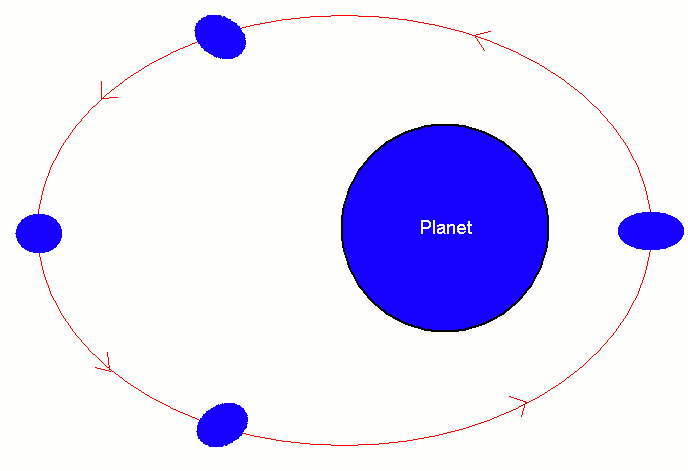

As stated by Simec Atlantis Energy “The tide moves a huge amount of water, twice a day. Tidal energy has the potential to offer all the power we need, eliminating the need for fossil fuels. With limited energy resources, South Korea is looking to transition to tidal power, to provide an alternative to fossil fuels and develop emission-free clean energy. The ongoing circulation of water between the lake and the outer sea during the energy generation process has improved the water quality. “The 552.7 GWh of electricity generated from Sihwa tidal power plant is equivalent to 862,000 barrels of oil, or 315,000 tons of CO 2 – the amount produced by 100,000 cars annually.” Around 160 million tonnes of water flows in and out of the floodgate and waterwheel, which is responsible for half of the total water quantity in Sihwa Lake. The 254 MW Sihwa project, consisting of 10 water turbine generators, has enough power to support the domestic needs of a city with a population of 500,000 people. Difficult to provide tidal energy to coastal communities, as the energy produced by the tides is often a long distance from where the electricity will be used inland.Ĭurrently, the Sihwa Lake project remains the world’s largest tidal power station in operation, located on the west coast of South Korea.Powerful tides only happen normally 10 hours out of each day, this means the tidal energy storage capacity must be developed. Maintaining and repairing equipment can be a challenge.Environmental issues such as habitat change, particularly with tidal barrages.It is currently expensive to construct tidal power plants as they require high capital investments.What is stopping us from making the most of tidal energy? Equipment and facilities of tidal power can last a lot longer and be more cost-competitive than other renewable technologies. With an asset life of 120 years, developments are made for future increases in sea-level.Tidal lagoons can withstand 1 in 500 storm surges and waves a year. Protects coastal flooding due to the stability of the rock armour under different design conditions.As technology advances for tidal, it will get increasingly cheaper and efficient.Only needing to assess the low or high tide, makes it easier for engineers to design efficient systems. Predictable energy output – tides are predictable and constant, thanks to gravitational forces.However, as we are still waiting on tidal energy to become more economical, there are a few alternative ways that we can capture tidal energy, highlighted in the video below. Tidal can be harnessed in three different ways tidal streams, barrages, and lagoons. Here in Northern Ireland, in 2007 at Strangford Lough, the world’s first-ever commercial-scale tidal power station (SeaGen) was developed, consisting of two 600kW turbines. Across the world, tidal energy is improving, as engineers develop new concepts and technologies to increase energy demand. The weather in the Scottish Isles allows for the largest production of tidal power in the UK – did you know that the latest figures have shown that Scotland produced enough energy from wind farms in the first half of 2019 to power up to 4.47m homes? Nearly double the amount it has. The turbines are likened to wind turbines, except they are positioned underwater. Tidal power surrounds gravitational hydropower, which uses the movement of water to push a turbine to generate electricity. Μk = (d1*sin(θ))/(d2+d1*cos(θ)), but I can't understand why it's not (d1*sin(θ))/(d2+d1) instead.Tidal energy is created using the movement of our tides and oceans, where the intensity of the water from the rise and fall of tides is a form of kinetic energy. Find the coefficient of kinetic friction μk between the sled and the ground, assuming that it is constant throughout the trip.įind the coefficient of kinetic friction μk. After the sled is released, it slides a distance d1 down the slope and then covers the distance d2 along the horizontal terrain before stopping. Any help would be greatly appreciated.Ī sled is being held at rest on a slope that makes an angle θ with the horizontal. I don't understand why the thermal energy depends on the horizontal component of the friction vector instead of the magnitude of it. However, on the homework page I have, it says it's f*d*cos(theta) instead. Since friction always moves opposite the direction of motion, phi would equal pi radians (or 180 degrees), so the change of thermal energy would be |-f*d| f*d. If you have an object sliding on an incline of length d, where the incline makes, say, an angle of theta with the horizontal, I would think that the change of thermal energy would be f * d = f*d*cos(phi), where phi is the angle between the displacement vector d and the friction force f.


 0 kommentar(er)
0 kommentar(er)
